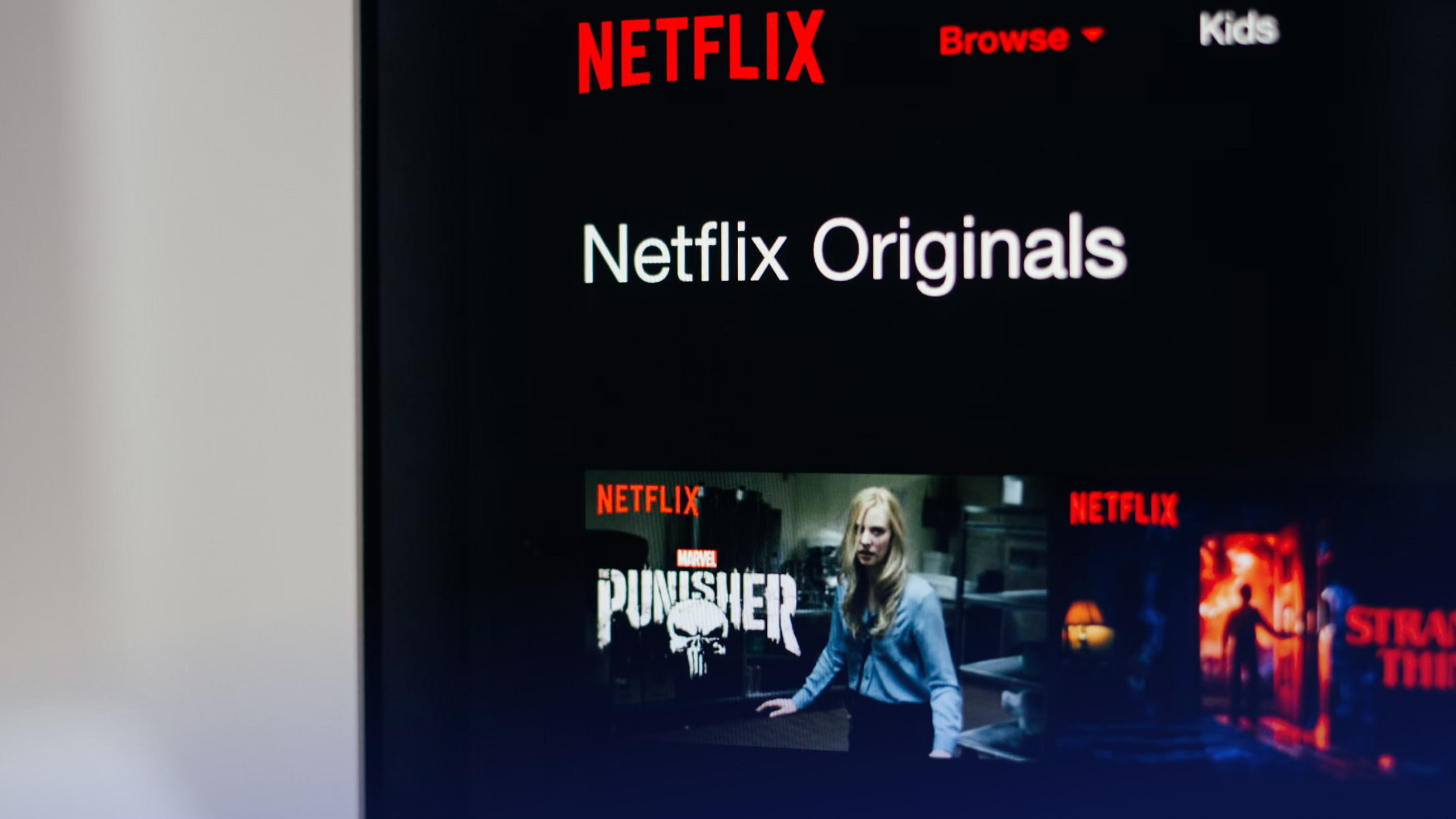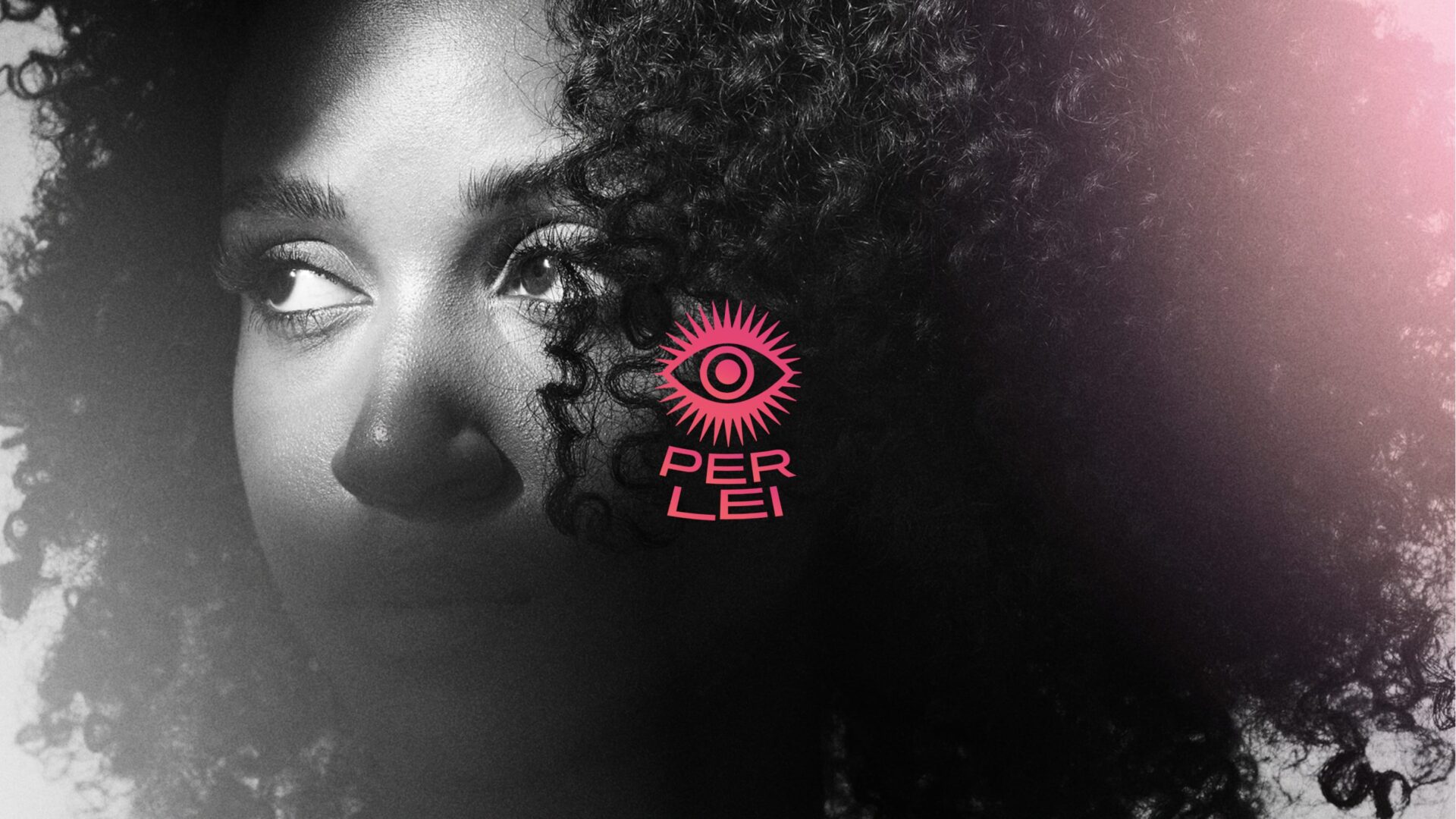
Why companies invest in custom typefaces
Brand identity goes far beyond logos and color schemes. One of the most powerful yet often overlooked elements of brand design is typography.
Major companies are increasingly investing in custom typefaces, but what drives this trend?
Let’s explore the fascinating world of corporate typography and understand why unique letterforms matter.
What’s the difference between a typeface and a font?
Before diving deeper, let’s clear up a common confusion.
While many use these terms interchangeably, they mean different things. A typeface is like a family, while fonts are the individual family members.
Think of Helvetica as a typeface (the overall design system), while Helvetica Bold 12pt is a specific font within that family.
This distinction helps us better understand typography decisions in corporate branding.
Why create a custom typeface?
Brand recognition and visual identity
In a crowded digital marketplace, distinctiveness is currency. Custom typefaces help brands stand out instantly. When you glimpse those characteristic Netflix letters or Airbnb’s rounded characters, you recognize the brand before even reading the word. This immediate visual recognition is invaluable in today’s fast-scrolling world.
Cost-effectiveness at scale
While developing a custom typeface requires significant upfront investment, it often proves economical for large organizations. Take Netflix, for example. By switching to their custom typeface “Netflix Sans,” they save millions annually in licensing fees they previously paid for using commercial fonts across their global platform.
Technical optimization
Modern brands need their typography to perform flawlessly across diverse platforms – from tiny smartphone screens to massive billboards. Custom typefaces can be specifically designed to maintain readability and visual appeal across all these contexts, ensuring consistent brand presentation everywhere.
Brand personality expression
Typography communicates subtle but powerful messages about brand personality. Just as a law firm might choose serious, authoritative letterforms, a children’s toy company might opt for playful, rounded shapes. Custom typefaces allow brands to fine-tune these subtle messaging cues to perfectly match their intended brand perception.
Real-world impact
Major brands like Apple, Google, Nike, and Coca-Cola have all invested in custom typefaces.
These unique designs contribute to their brand recognition and help maintain consistent visual communication across all touchpoints.
The success of these initiatives has inspired more companies to consider custom typography as a crucial brand investment.
The future of corporate typography
As digital presence becomes increasingly important, we’re likely to see more companies investing in custom typefaces.
The ability to maintain brand consistency across multiple platforms while saving on licensing fees makes this investment particularly attractive for growing digital-first companies.
Getting started with typography
While custom typefaces might not be in everyone’s budget, there are excellent resources for exploring typography. For a comprehensive list of quality free fonts perfect for various projects, check out this curated collection. These resources can help you start building your brand’s visual identity without breaking the bank.
Remember, whether you’re using custom or existing typefaces, the key is choosing typography that authentically represents your brand’s personality and effectively communicates with your audience.


